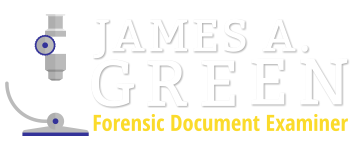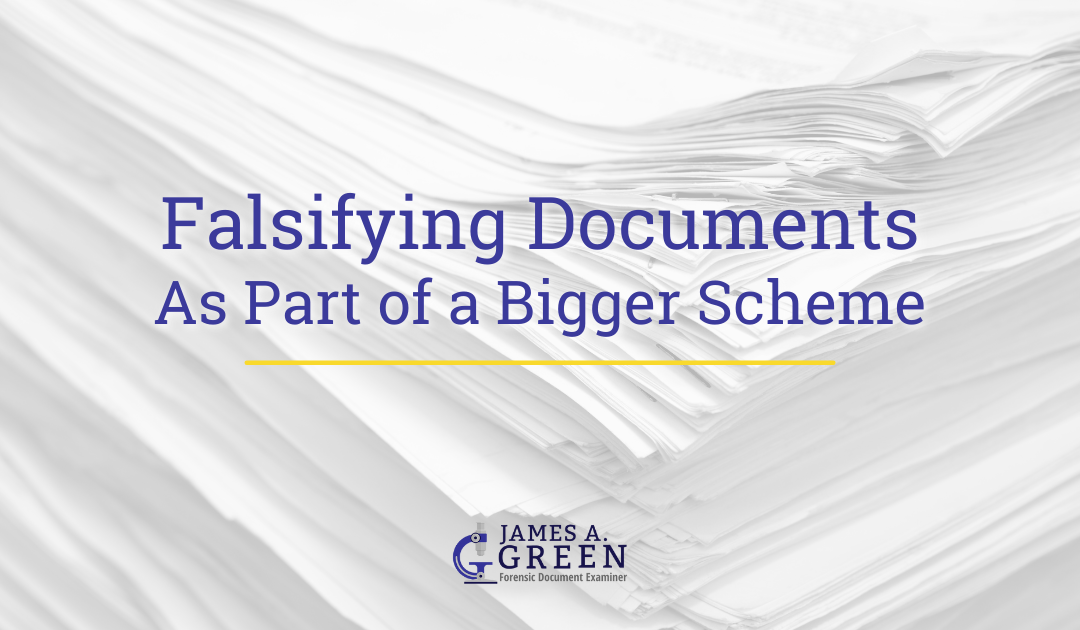Falsifying documents can lead to serious legal charges. Forging documents with the intention to defraud an organization or individual is often classified as a white-collar crime. This type of crime covers a wide spectrum of activities and is often charged as a felony, especially when it is part of a bigger scheme.
Common Scenarios
Documents are falsified for many purposes, ranging from tax evasion to counterfeiting. Below are some common scenarios when documents are falsified:
- Providing inaccurate financial statements, such as profit and loss statements
- Submitting inaccurate tax forms
- Falsifying real estate documents
- Misrepresenting intellectual property rights
- Forging signatures on checks
- Omitting assets or property in legal proceedings, such as during bankruptcy or divorce
- Using false documents for employment and immigration purposes
- Fabricating estate documents
What Happens When One Is Convicted of Falsifying Documents
To convict a person of a fraud-related charge, it is necessary to prove the defendant’s intent. In other words, it must be determined the person did not make a careless mistake but intentionally meant to defraud a person or company. When a falsified document is part of a larger scheme involving multiple victims, the defendant can face collateral white-collar charges. The charges may include forgery and/or theft which may be classified as felonies, depending upon the financial loss to the victim.
What Is Forgery?
Forgery is generally classified as making, altering, using, or possessing fictitious writing or documents to commit fraud. This can occur in many forms. Some common instances include signing someone else’s name to falsify a will or contract. If the forgery is related to currency, a counterfeiting charge may be charged unless the state statutes include such incidents in their forgery laws. Our society relies heavily on the trustworthiness of documents. The creation and use of forged documents damage businesses, individuals, and legal processes.
Intent Is Crucial
As mentioned above, falsifying documents is a crime when it is intentionally committed to defraud. Forgery can also include altering an existing document in a way that affects someone’s legal rights. For example, forging a person’s signature on a document is considered a material alteration since it misrepresents the person who signed the document. Additionally, deleting, adding, and changing substantial sections of a document are also considered material alterations when the changes impact the legal rights or obligations stated in the document.
Common Documents That Are Falsified
Not all writings meet the definition of forgery. The document must have a legal significance or value and be falsified to be classified as a forgery. Standard documents that fall into this category include government-issued documents such as a driver’s license, marriage certificates, birth certificates, mortgage documents, and wills.
Other types of documents include financial instruments, such as currencies, stock and bond certificates, checks, and patents. Medical prescriptions works of art and intellectual property documents may also meet the definition of forgery.
Expert Testimony for Falsified Documents
If you need forensic document examination services, we can help. We provide signature analysis, perform handwriting comparisons, and offer expert testimony. To get in touch with us, please send us a message or contact us at 1-888-485-0832.

